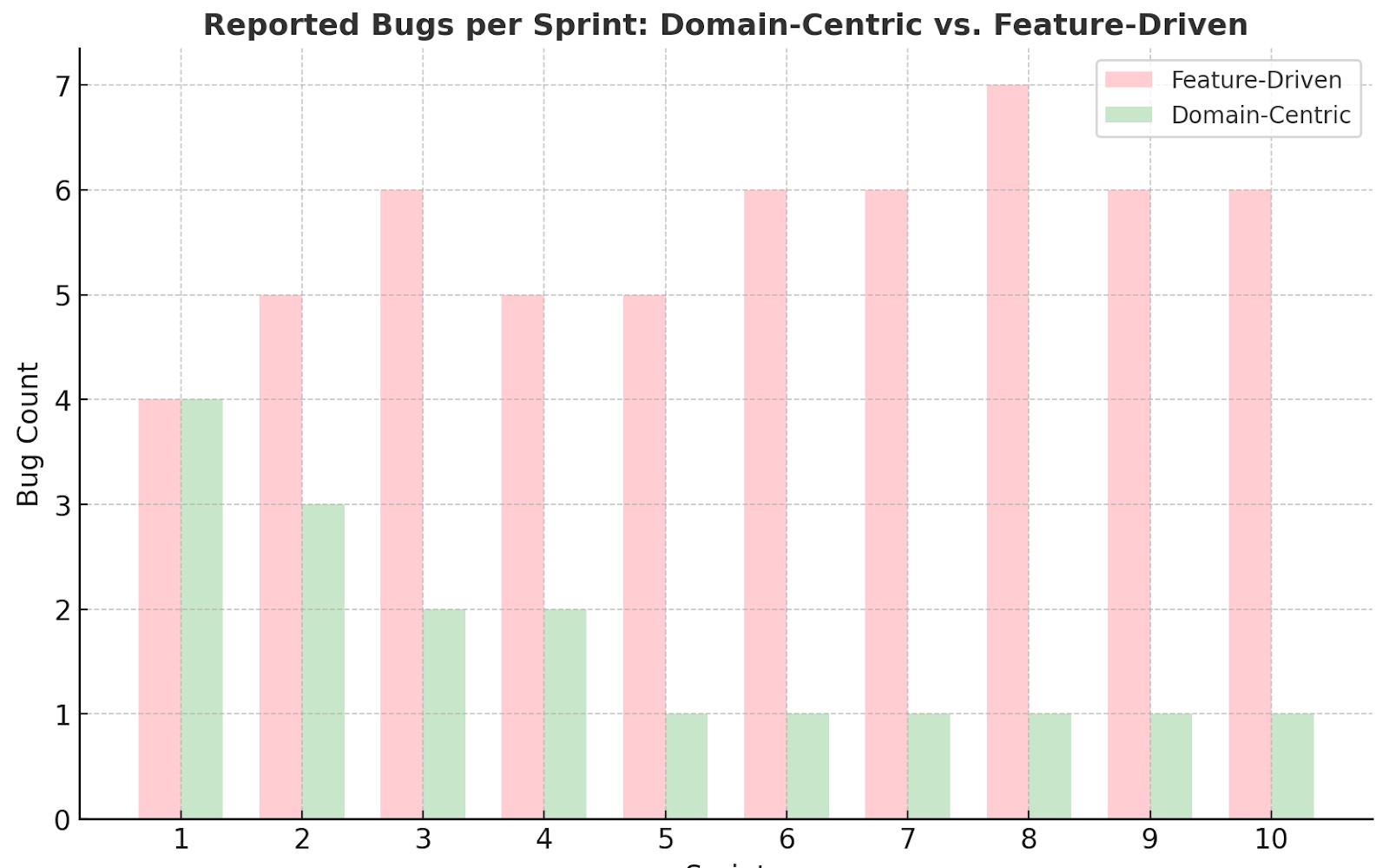
"In many insurance transformation initiatives, every team begins by modeling the interface, which involves writing stories for forms, APIs, or dashboards. Legacy systems don't behave on the interface level, though. They act at the process level."
"So we paused and started modeling from the domain behavior and from how the renewals were actually happening in the business. By letting us reorient, we could build more accurate, testable, maintainable functionality while still working in an iterative and Agile way."
"Agile can work, but only when recentered around the realities of the domain. A domain-first perspective is captured by the fact that success in these environments cannot be achieved by providing screens and endpoints."
"The accurate units of business logic are actions such as policy renewal, claim escalation, underwriting override, etc. Unfortunately, those don't always show up in a UI."
Legacy insurance systems in the insurance industry are often entangled in complex codebases shaped by outdated business logic and regulatory requirements. Adopting a traditional Agile modeling application often leads to developer frustration, as these systems operate more at the process level rather than the interface level. To effectively automate processes like policy renewals, teams must pivot towards a domain-oriented mindset, focusing on business behavior rather than merely delivering user interfaces. This shift allows for the development of more maintainable and testable functionality, essential in regulated environments.
Read at dzone.com
Unable to calculate read time
Collection
[
|
...
]